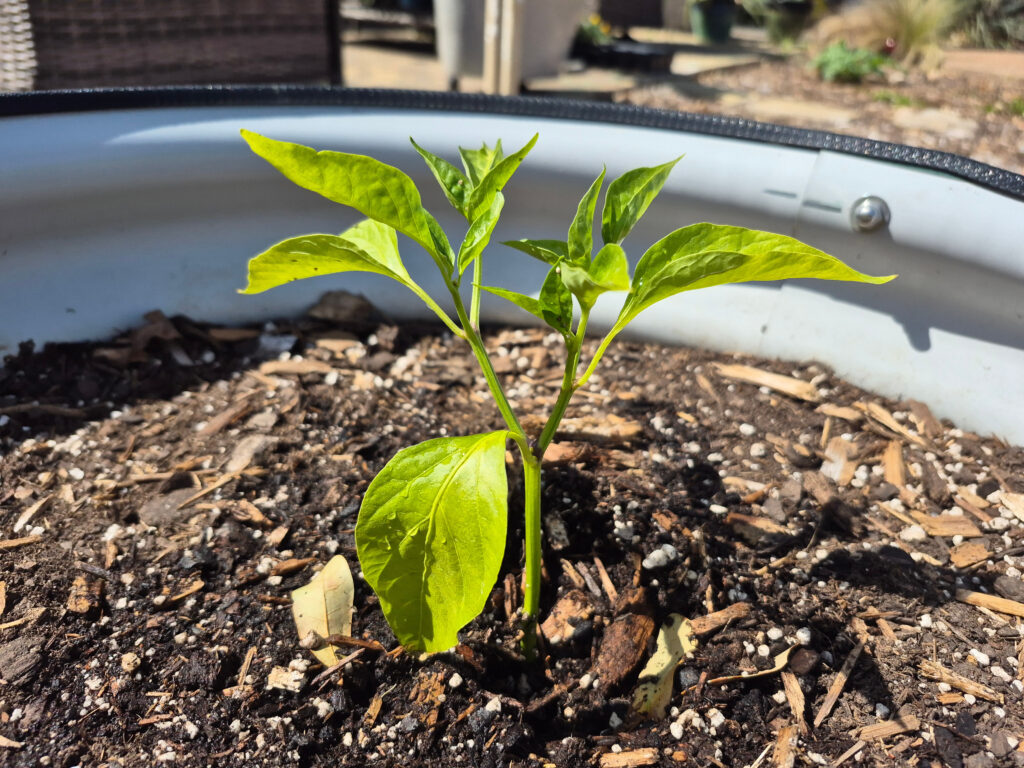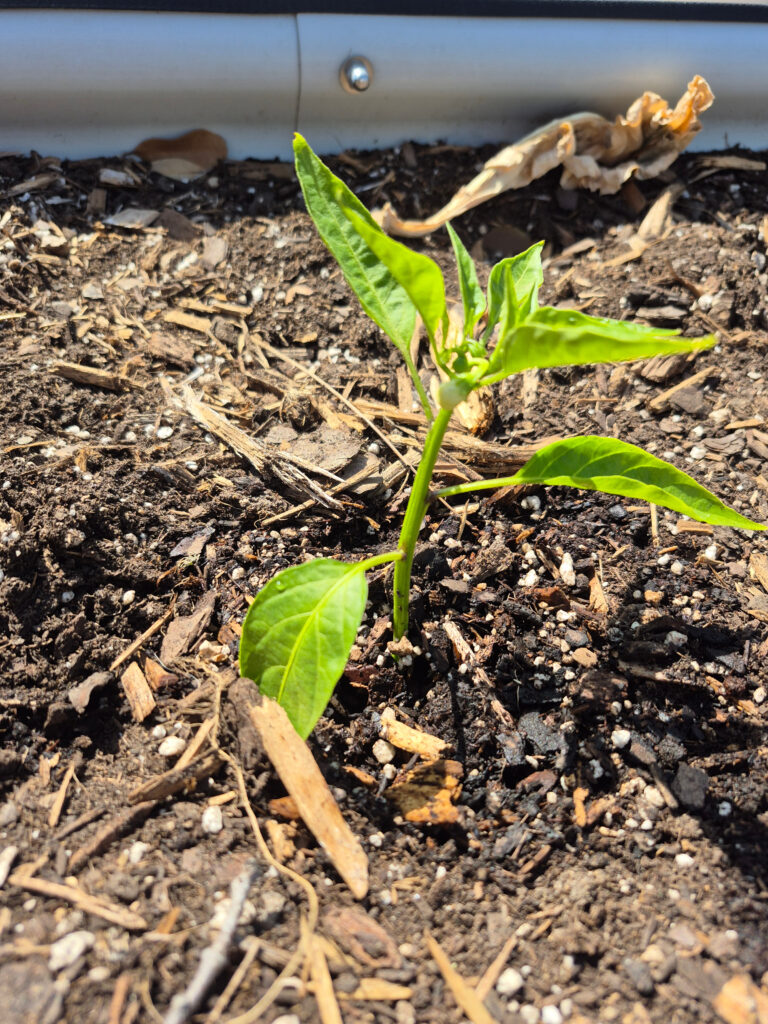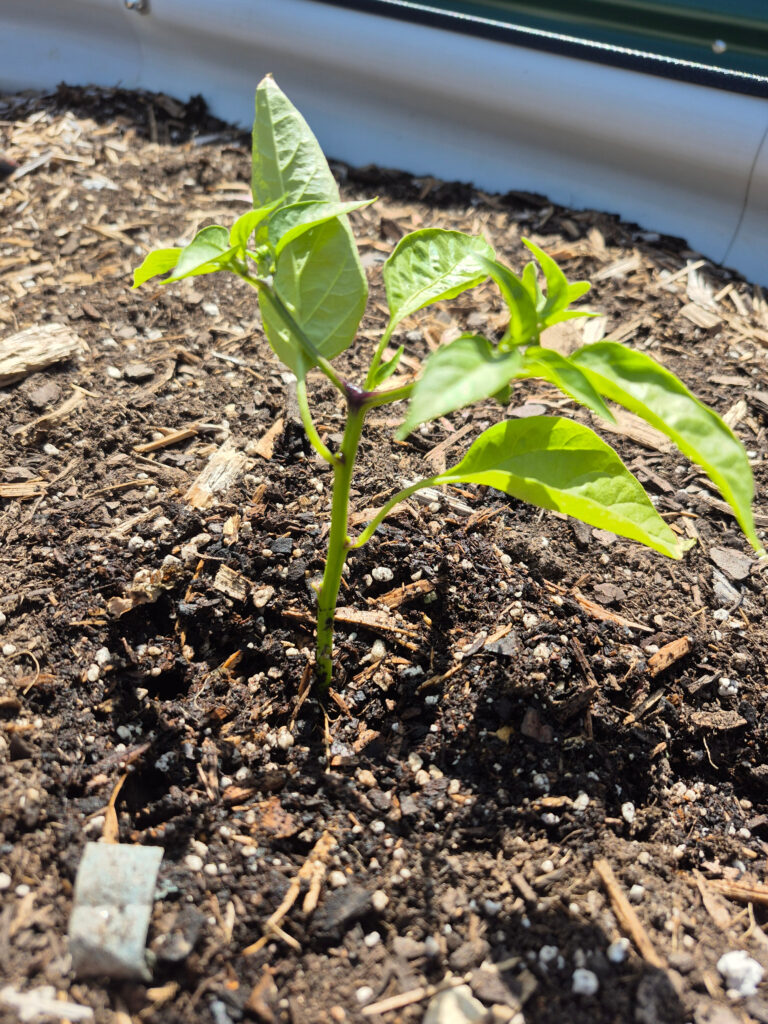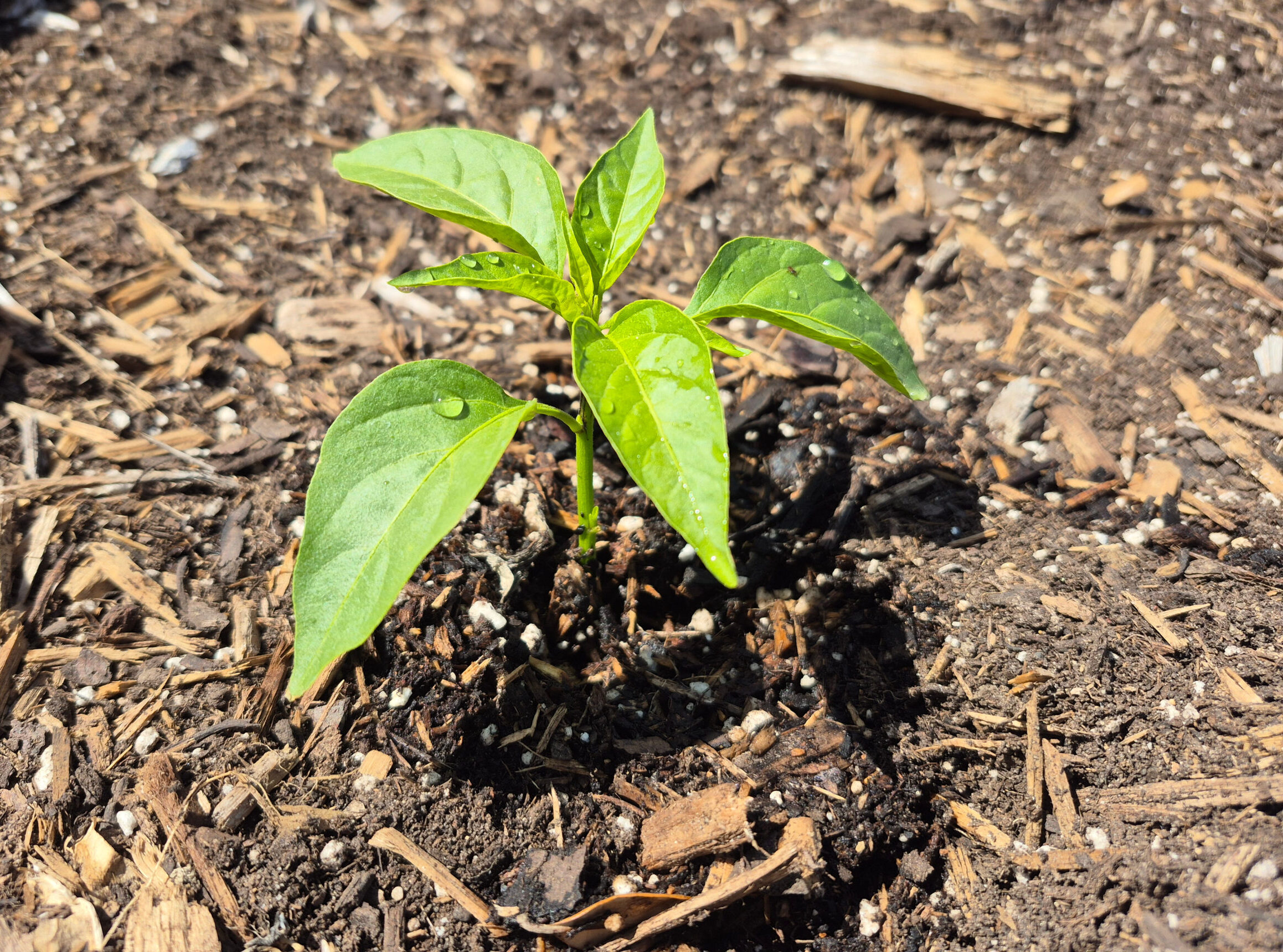Growing Peppers: A Texan Gardener’s Guide 🌱🌶️
Peppers are a versatile and vibrant addition to any Texas garden. Whether you’re planting spicy jalapeños or sweet bell peppers, these hardy plants thrive in the Lone Star State’s warm climate. Here’s everything you need to know about planting, nurturing, and enjoying peppers in Texas.

When to Plant Peppers in Texas
Timing is crucial for peppers. In Texas, the best planting window is after the last frost—usually mid to late March in central areas. Pepper plants love warm soil, so make sure temperatures consistently reach 65°F before transplanting seedlings outdoors. For a fall harvest, plant seeds in late summer and aim to transplant by late August.

How to Plant Peppers in Texas
Start peppers indoors about 6-8 weeks before the last frost. When transplanting, space them 18-24 inches apart to give them room to grow. Choose a well-draining site, and enrich the soil with compost or aged manure. Peppers do well in raised beds or garden plots with loose, aerated soil.

Pepper Plants Nutrition Needs
Peppers are moderate feeders, which means they need balanced nutrition without overdoing it. Start with a nitrogen-rich fertilizer during the early growth phase to encourage leafy development. As the plants begin to flower, switch to a low-nitrogen, high-phosphorus fertilizer to promote healthy blooms and fruit production.
Watering Peppers in Texas
Consistent moisture is key for peppers, but they don’t like sitting in waterlogged soil. Water deeply 1-2 times per week, depending on weather conditions, ensuring the soil stays evenly moist. Mulching around the base of the plants helps retain moisture and regulate soil temperature.
Sun for Peppers in Texas
Peppers thrive in full sun, requiring at least 6-8 hours of direct sunlight daily. In Texas, where summers can be harsh, consider providing light afternoon shade to prevent stress on particularly scorching days. Proper sunlight ensures vibrant and well-formed peppers.
Pepper Varieties in Texas
Popular pepper varieties include jalapeños, a Texan favorite perfect for salsas and stuffed recipes; bell peppers, sweet and crisp, ideal for salads or stir-fries; serranos, smaller and spicier than jalapeños, great for sauces and pickling; habaneros, known for their fiery heat and perfect for hot sauces; and poblano peppers, mild and earthy, often roasted or used in dishes like chile relleno.
Pepper Pests and Disease
In Texas, peppers can face challenges like aphids, spider mites, and whiteflies. Combat pests with insecticidal soaps or neem oil. Watch out for diseases like blossom-end rot, which results from calcium deficiency and irregular watering. Mulching and balanced fertilization can prevent many common issues.
Harvesting Peppers in Texas
Peppers are ready to harvest when they reach their mature size and desired color. For most varieties, this means picking while they’re still green or waiting for them to ripen into shades of red, orange, or yellow. Regular harvesting encourages continued production.
Using Peppers in Texas
Peppers add flavor and heat to a variety of dishes. Dice jalapeños into fresh pico de gallo, roast poblano peppers for soups or stews, and toss sweet bell peppers into a fajita mix. Habaneros can create a fiery hot sauce, while serranos elevate any traditional salsa.
Peppers are rewarding to grow and bring vibrancy to your garden. Their versatility in recipes, from stir-fries to salsas, makes them a favorite. They’re also an excellent crop to share with friends and neighbors, showcasing Texas’ gardening spirit.
By following these tips, you’ll enjoy a bountiful harvest of peppers, ready to spice up your meals and brighten your garden. Happy gardening! For more garden tips and pepper growing joy, be sure to follow Texas Garden Blog on Facebook.🌶️✨
